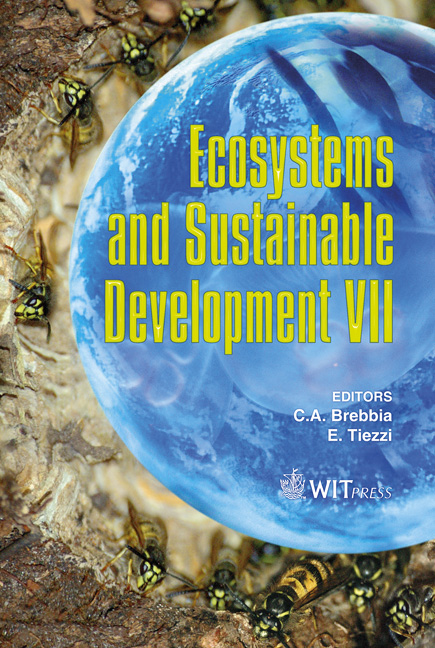The Plankton From Maracajaú Reef Ecosystem (Brazil) – Offshore Coral Reefs Under Multiple Human Stressors
Price
Free (open access)
Transaction
Volume
122
Pages
10
Page Range
173 - 182
Published
2009
Size
465 kb
Paper DOI
10.2495/ECO090171
Copyright
WIT Press
Author(s)
S. Neumann-Leitão, F. A. N. Feitosa, E. Mayal, R. Schwamborn, M. G. G. Silva-Cunha, T. A. Silva, N. F. Melo & F. F. Porto Neto
Abstract
To evaluate the Maracajaú reef ecosystem (Northeastern Brazil), observations, sampling and measurements were performed monthly during spring low tides from February to June 2000, covering the transition from dry to rainy season. In this area, there is an extensive (approximately 10 km x 4 km), but to date poorly investigated, offshore coral reef formation, where a Marine Protected Area was established recently. The reef area presented chlorophyll a concentrations varying from 1.1 mg m-3 to 9.3 mg m-3, with higher values registered during the rainy season. Average zooplankton biomass values were 117.0 mg m-3 (microzooplankton) and 15.7 mg m-3 (mesozooplankton). A total of 136 phytoplankton taxa were identified. Diatoms were the most abundant and diverse group, with 102 species. Average phytoplankton density was 3,125 10-3 cells 1-1. It was identified that there were 61 zooplankton taxa, with copepods showing the highest diversity (23 species) and abundance. Seasonal forcing determined the micro- and mesozooplankton community structure, rather than the coastal-offshore gradient. In spite of the distance from the coast (5 to 7 km offshore), this area is intensively used by local populations, mainly for artisan fishery and diving tourism. The area is exposed to seasonally varying negative impacts due to freshwater runoff, mangrove degradation and tourism, being also menaced by coastal eutrophication. Keywords: reefs, hydrology, plankton, human impacts.
Keywords
reefs, hydrology, plankton, human impacts





